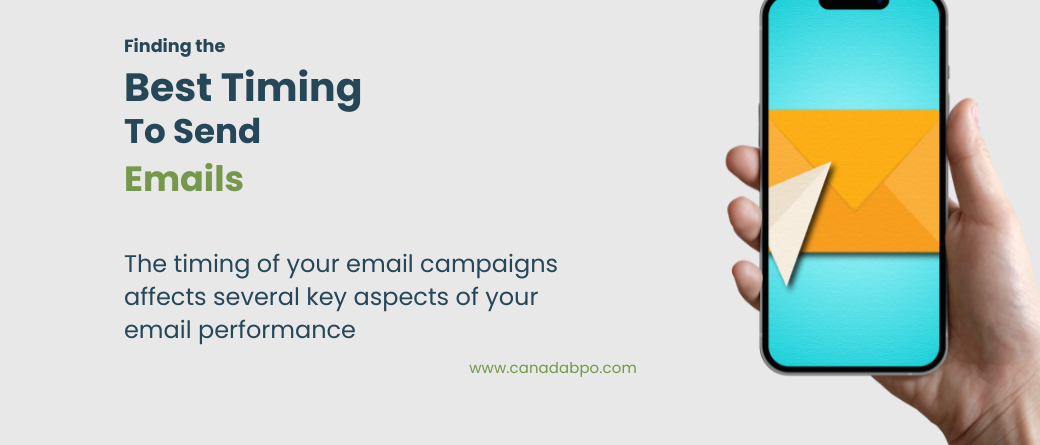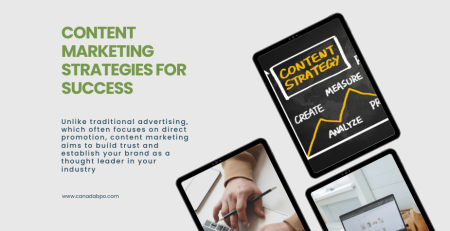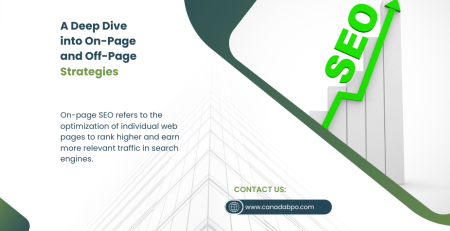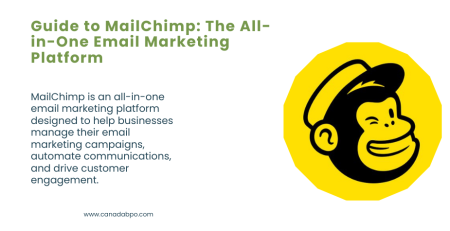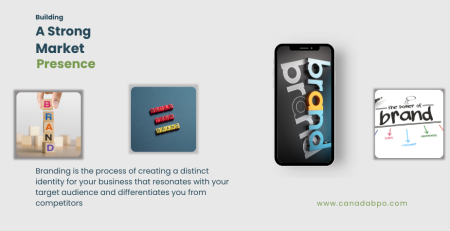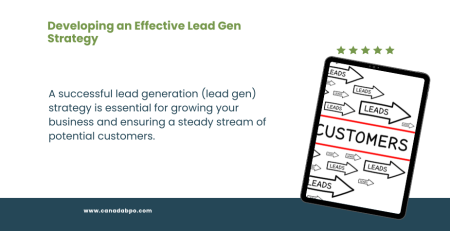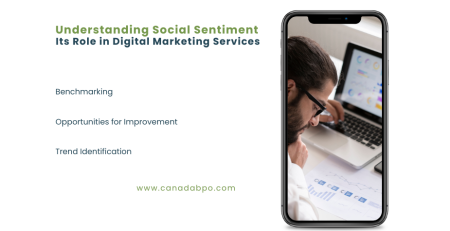Timing can make all the difference between a successful campaign and one that falls flat. Understanding the best timing to send emails can significantly impact open rates, click-through rates, and overall engagement. In this blog post, we’ll explore how to determine the optimal time to send your emails and offer strategies to ensure your messages reach your audience when they’re most receptive.
Why Timing Matters in Email Marketing
The timing of your email campaigns affects several key aspects of your email performance:
- Open Rates: Emails sent at the right time are more likely to be opened. Timing influences when your audience checks their inbox, and emails received at optimal times have higher chances of being seen.
- Click-Through Rates: The best timing can lead to better click-through rates (CTR) as recipients are more likely to engage with your content when they are attentive and not overwhelmed by other messages.
- Conversion Rates: Well-timed emails can boost conversion rates by aligning with the recipient’s readiness to take action, such as making a purchase or signing up for a webinar.
- Deliverability: Sending emails at times when recipients are more active can also positively influence your sender reputation and reduce bounce rates.
Factors to Consider for Optimal Email Timing
Determining the best timing for your email campaigns involves considering several factors:
1. Audience Behavior
Understanding your audience’s behavior is crucial. Analyze data on when your subscribers are most active and responsive. This can include factors such as:
- Time Zones: Consider the geographical location of your audience and schedule emails according to their time zones.
- Daily Routines: Identify patterns in when your audience checks their email. For example, some may prefer early morning, while others are more responsive in the afternoon or evening.
2. Industry Norms
Different industries have varying optimal times for sending emails. For instance:
- Retail: Emails sent during weekdays, especially around lunch hours, can be effective.
- B2B: Business-related emails often perform better during working hours, typically Tuesday through Thursday.
3. Email Type
The type of email you are sending also influences timing. Consider these examples:
- Newsletters: Typically perform well when sent during mid-week, such as Tuesday to Thursday.
- Promotional Emails: Often benefit from being sent during times when recipients are planning their purchases, such as early mornings or late afternoons.
- Transactional Emails: Should be sent immediately following a trigger event, such as a purchase or registration.
4. Testing and Analytics
Continuous testing and analysis are essential for finding the best timing for your specific audience. Conduct A/B tests to experiment with different send times and measure performance metrics such as open rates, CTR, and conversions.
Strategies for Determining the Best Timing
To optimize your email marketing efforts, consider implementing these strategies:
1. Leverage Email Analytics
Use email marketing tools to analyze past campaign performance. Look for trends in open rates and engagement based on different send times. Many email platforms offer insights into optimal send times based on historical data.
2. Segment Your Audience
Segment your email list based on demographics, behavior, and preferences. Tailor your timing strategies to different segments to better align with their individual habits and time zones.
3. Utilize Automation
Implement automation tools to send emails at times when recipients are most likely to engage. For example, use triggered emails to reach users who have shown interest in specific content or products.
4. Monitor Industry Trends
Stay updated on industry trends and best practices for email timing. Regularly review industry reports and case studies to adapt your strategies based on evolving trends and insights.
5. Experiment and Optimize
Regularly experiment with different send times and analyze the results. Track key metrics and use the data to refine your timing strategies. Optimization is an ongoing process that requires continuous monitoring and adjustment.
Finding the best timing to send emails is a critical component of a successful email marketing strategy. By understanding your audience’s behavior, considering industry norms, and leveraging analytics, you can optimize your email campaigns for maximum impact.
At Canada BPO Services, we specialize in developing effective email marketing strategies tailored to your business needs. Whether you need help with optimizing send times, segmenting your audience, or analyzing campaign performance, our team is here to support you. Contact us today to learn more about how we can help you achieve your email marketing goals and drive success for your business!
